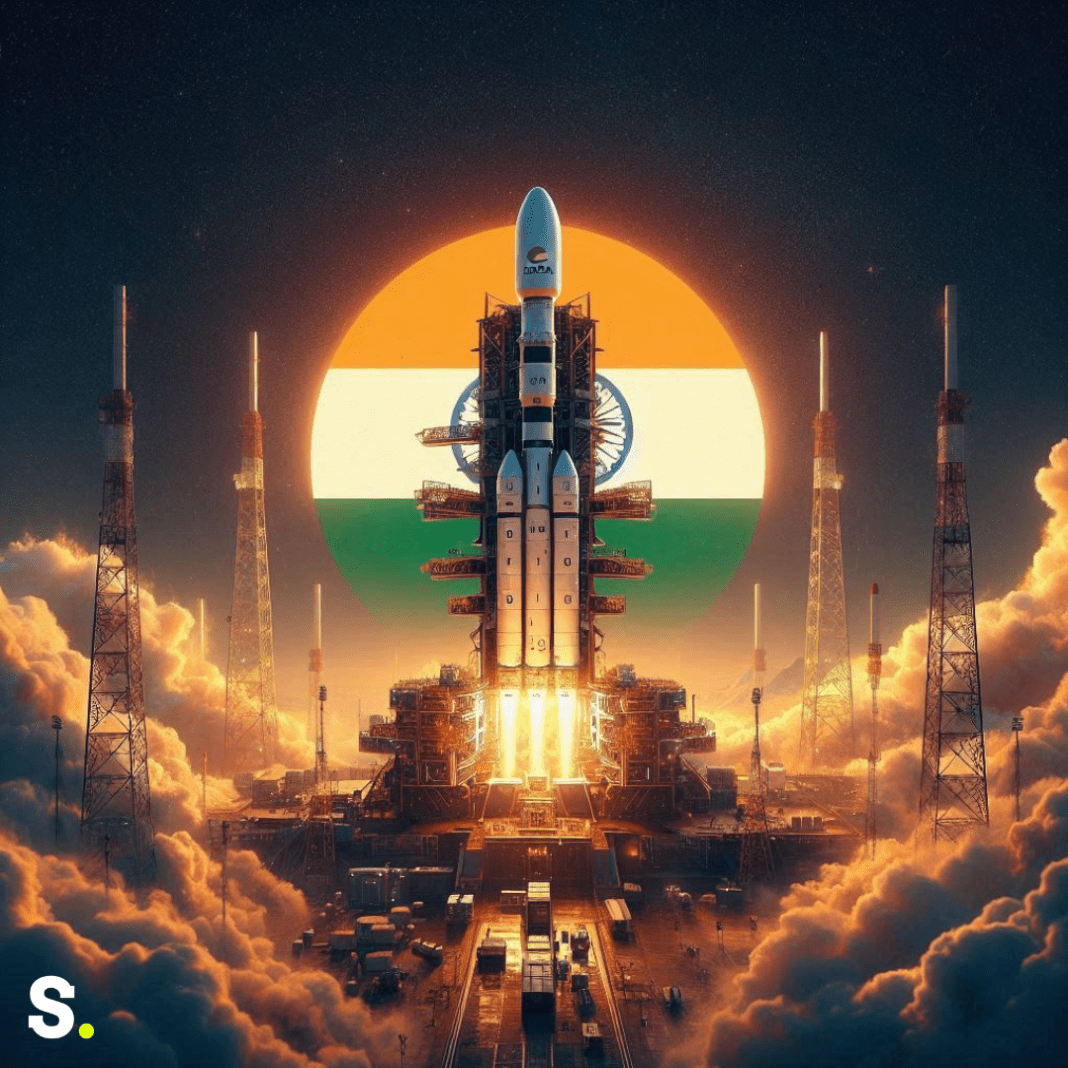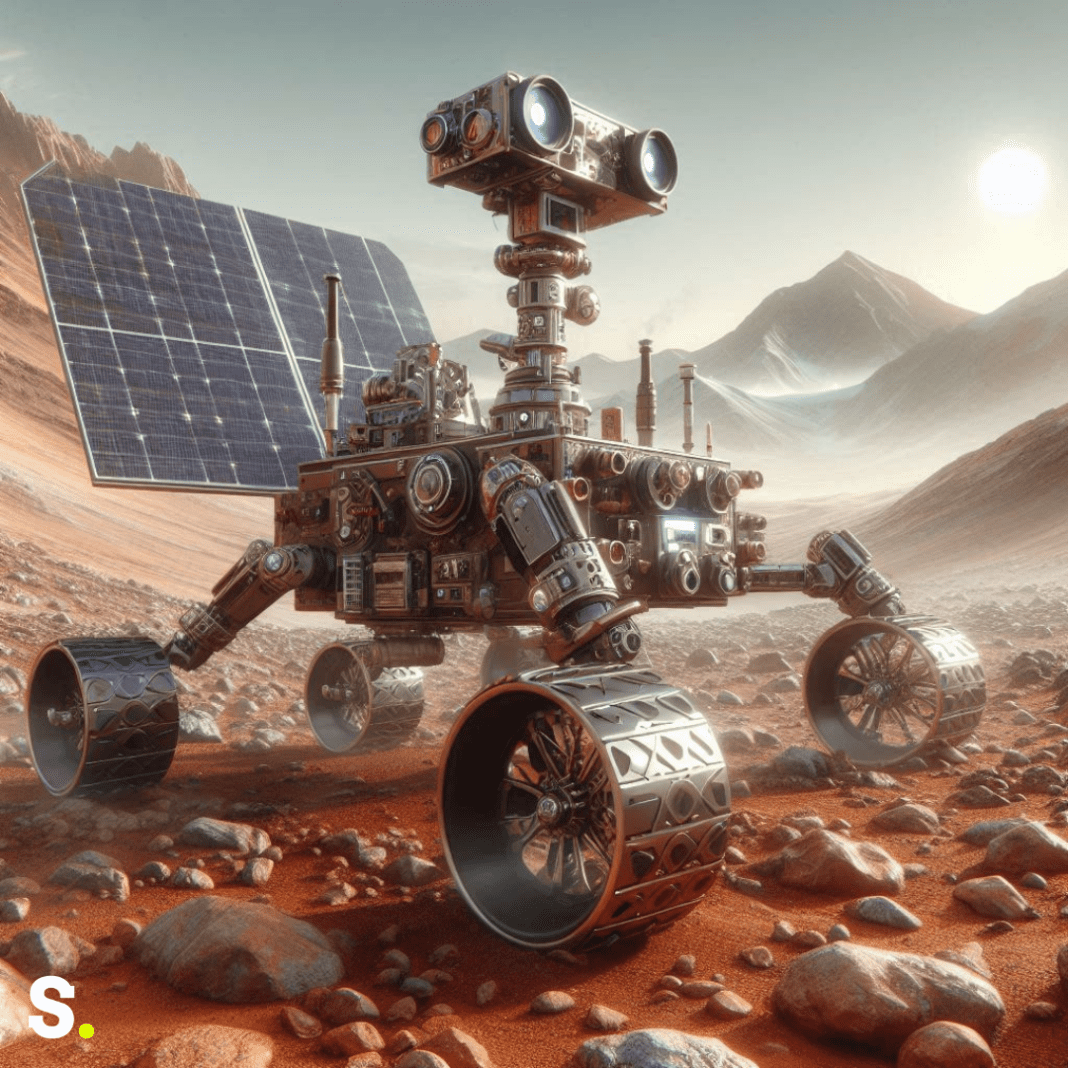On August 15, 2024, India is scheduled to launch a new Earth observation satellite known as EOS-08. This special day marks not only India’s Independence Day but also a significant achievement for the country’s space program. The satellite will be launched aboard the Small Satellite Launch Vehicle (SSLV)-D3, which is on its third and final developmental flight. This mission is an important step for the Indian Space Research Organisation (ISRO) as it aims to test new satellite technologies and features payloads for various applications.
Mission EOS-08 Objectives and Payloads
The main goal of the EOS-08 mission is to design and develop a microsatellite that can perform a range of tasks. ISRO has created payload instruments that are compatible with this microsatellite, and they are also incorporating new technologies that will be used in future satellites. This mission is crucial for ensuring that these technologies work as expected.
EOS-08 is built on the Microsat/IMS-1 bus, a type of satellite bus used for creating small satellites. It carries three important payloads:
Long-wave infrared (LWIR) and mid-wave infrared (MIR) picture collection is possible with the Electro Optical Infrared Payload (EOIR). It is capable of taking images both in the daytime and at night. Satellite-based surveillance, environmental and industrial disaster monitoring, fire detection, volcanic activity observation, and fire monitoring are just a few of the uses for these photos.
Global Navigation Satellite System-Reflectometry payload (GNSS-R): This payload shows how GNSS-R-based remote sensing can be used for different applications. It can help analyze ocean surface winds, assess soil moisture, study the cryosphere over the Himalayan region, detect floods, and monitor inland water bodies.
SiC UV Dosimeter: This device monitors ultraviolet (UV) irradiance and serves as a high-dose alarm sensor for gamma radiation. It is particularly useful in the Gaganyaan Mission, where it will help ensure the safety of the crew module.
The one-year mission life of the EOS-08 spacecraft is set in stone. It weighs about 175.5 kg and generates around 420 watts of power. The satellite will be launched from the Sriharikota spaceport at 09:17 IST.
Advanced Technology and Design
EOS-08 represents a major advancement in satellite technology. The Integrated Avionics system, sometimes referred to as the Communication, Baseband, Storage, and Positioning (CBSP) Package, is one of its primary characteristics. With this system, several tasks are combined into one effective unit. It is built with evaluation boards and commercial off-the-shelf (COTS) components for cold redundant systems that support up to 400 gigabytes of data storage.
The satellite also includes several innovative components:
- Structural Panel Embedded with PCB: This panel is embedded with a printed circuit board (PCB), making the satellite more efficient and compact.
- Embedded Battery: The satellite has a built-in battery to ensure a continuous power supply.
- Micro-DGA (Dual Gimbal Antenna): This antenna can move in two directions, allowing for better communication and data transmission.
- M-PAA (Phased Array Antenna): This advanced antenna can electronically steer its beam without moving, providing better signal strength and coverage.
- Flexible Solar Panel: The satellite is equipped with a flexible solar panel that can generate power from sunlight, ensuring the satellite’s energy needs are met.
These components are essential for demonstrating new onboard technologies that will be used in future satellite missions.
Importance of the SSLV-D3 Launch
The SSLV-D3 launch is significant for several reasons. Firstly, it is the third and final developmental flight of the Small Satellite Launch Vehicle. Successfully completing this mission will mark the end of the SSLV Development Project, paving the way for operational missions by Indian industry and NewSpace India Limited (NSIL).
Secondly, this launch demonstrates India’s capability to design and develop advanced satellite technologies. The successful deployment of EOS-08 will show that ISRO can create small, efficient satellites with multiple advanced features. This is important for the country’s space program, as it allows for the development of more sophisticated satellites in the future.
Finally, the mission highlights India’s commitment to using space technology for practical applications. The payloads on EOS-08 are designed to help with environmental monitoring, disaster response, and other important tasks. This shows how space technology can be used to address real-world problems and improve people’s lives.
As India prepares to launch EOS-08 on Independence Day, the country looks forward to celebrating both its national pride and its achievements in space technology. The successful deployment of this satellite will be a testament to ISRO’s hard work and dedication, showcasing India’s growing prowess in the field of space exploration.




